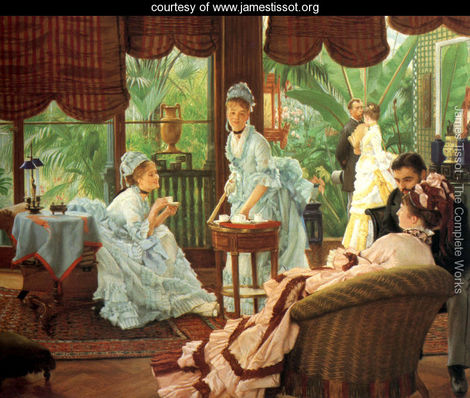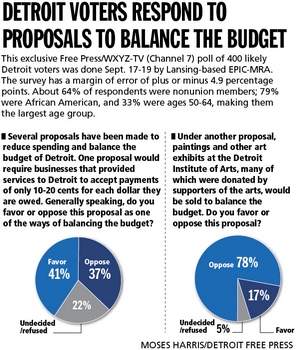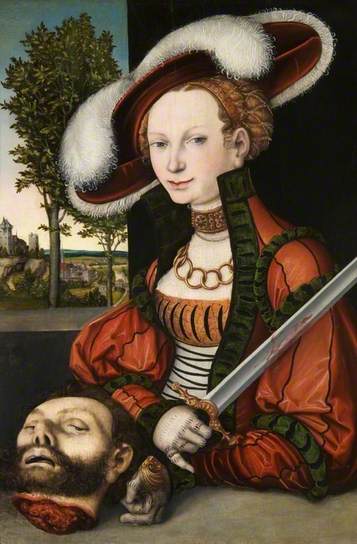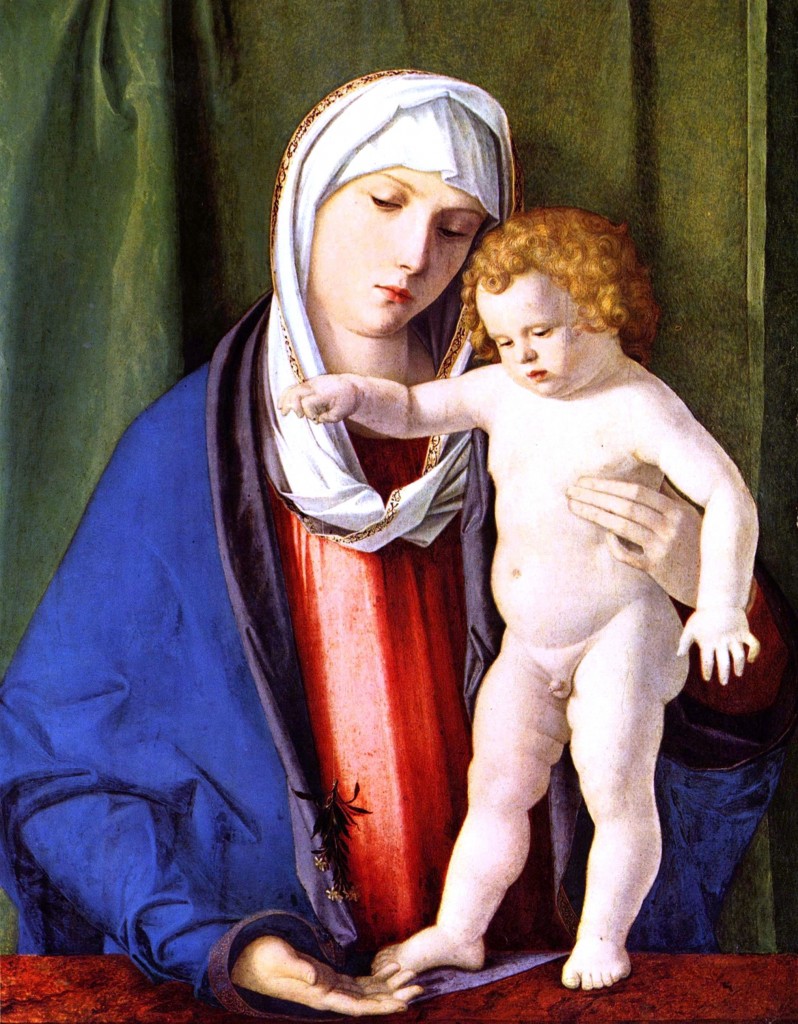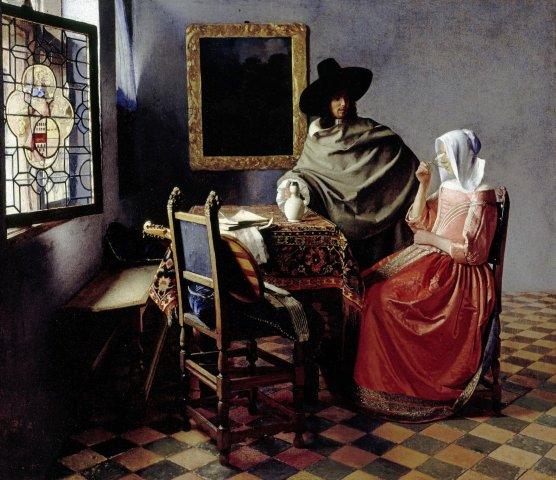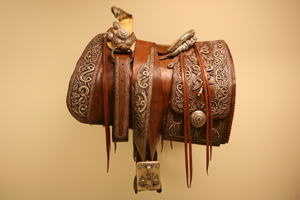 San Antonio has a new museum, in an excellent location for visitors, and a clear mission that doesn’t duplicate another nearby museum’s — good signs for the future. I’m talking about the Briscoe Western Art Museum, which opened on Saturday. Situated on the city’s popular River Walk, in a restored historic building that once housed a circus museum, its inaugural exhibition contains about 700 objects, including Santa Anna’s sword (bottom), Pancho Villa’s saddle (top), and an Apache olla basket (middle).
San Antonio has a new museum, in an excellent location for visitors, and a clear mission that doesn’t duplicate another nearby museum’s — good signs for the future. I’m talking about the Briscoe Western Art Museum, which opened on Saturday. Situated on the city’s popular River Walk, in a restored historic building that once housed a circus museum, its inaugural exhibition contains about 700 objects, including Santa Anna’s sword (bottom), Pancho Villa’s saddle (top), and an Apache olla basket (middle).
Although the lobby contains a life-sized sculpture of cattle herds by John Coleman, officials say the Briscoe is not a museum of “cowboy art,” but rather will also collect art depicting and related to the American Indian and Spanish and Mexican vaqueros. In the collection or on loan now are paintings by E.I. Crouse and Maynard Dixon, among other things.
Here’s more about what is inside and more about the collections.
You may not like Western art and artifacts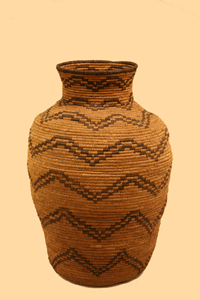 (I do, btw), but there’s another reason to know about this museum. Again, as in Dallas, the San Antonio city officials and business executives are vocal about the importance of having museums. As reported by the Native American Times,
(I do, btw), but there’s another reason to know about this museum. Again, as in Dallas, the San Antonio city officials and business executives are vocal about the importance of having museums. As reported by the Native American Times,
The Briscoe adds a new element to the city’s cultural offerings as the first dedicated Western heritage museum. Briscoe officials and city leaders see the new museum fitting into a well-established niche: the tourism industry. Located at Market and Presa streets on the River Walk, the museum is within easy reach of various tourist destinations.
“They’re a walk away from the Convention Center. They’re a walk away from the major hotels downtown, so it’s an added value to that experience,†said Felix Padrón, director of the city’s Department for Culture and Creative Development. “If we can encourage tourists to stay an extra day not only to go to the Briscoe but to the Tobin or other institutions downtown, that’s a win-win situation for all of us since we’re supported by the hotel-motel tax.â€
Pat DiGiovanni, CEO of Centro Partnership San Antonio, said cultural attractions such as the Briscoe are key to the effort to revitalize the city’s core. “This is the kind of asset we need to build off of if we’re going to have a vibrant, 24-hour, seven-days-a-week downtown,†he said.
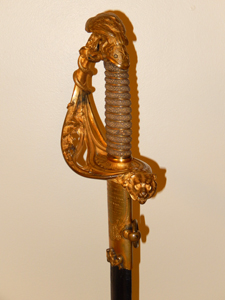 Not that there weren’t troubles along the way. According to the San Antonio Express,
Not that there weren’t troubles along the way. According to the San Antonio Express,
About 10 years in the works, the three-story museum initially was slated to open in 2009. It was delayed as the original design changed and the price tag grew from $18 million in 2006 to the final $32 million. More than $7 million in taxpayer funds has gone into the project, including $6.25 million from the county and about $1 million from the city. The rest of the funding has come from the private sector.
Former Gov. Dolph Briscoe, who died in 2010, contributed $4 million to the project. The museum is named for him and his wife, Janey.
“The public-private partnership was such a successful model for this project,†said museum board Chairwoman Debbie Montford. “Private donors came together with both the city and the country to restore a building with great bones, and I think it’s energized this entire piece of the river. We’re so happy. I mean, we’re looking at each other and saying, ‘I can’t believe it’s finally here.’â€
There’s more to the story at both newspaper links.

